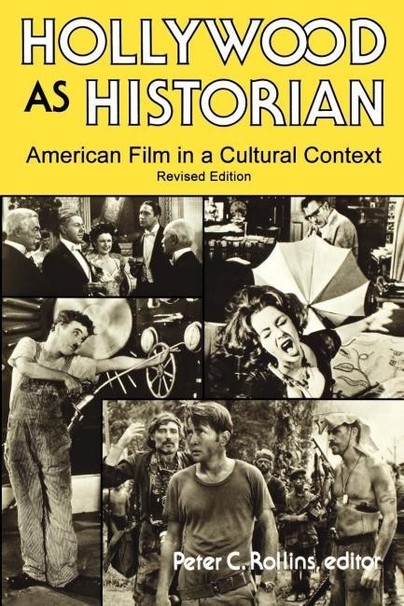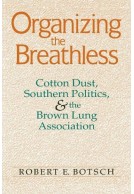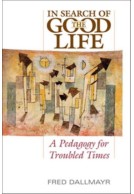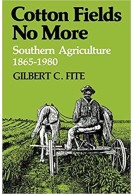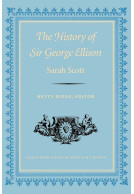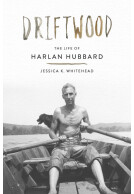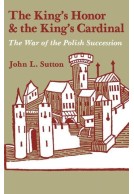Hollywood As Historian (Paperback)
American Film in a Cultural Context
Imprint: University Press of Kentucky
Pages: 304
ISBN: 9780813109510
Published: 18th December 1997
Script Academic & Professional
Pages: 304
ISBN: 9780813109510
Published: 18th December 1997
Script Academic & Professional
This book will be reprinted and your order will be released in due course.
You'll be £23.00 closer to your next £10.00 credit when you purchase Hollywood As Historian. What's this?
+£4.99 UK Delivery or free UK delivery if order is over £40
(click here for international delivery rates)
Need a currency converter? Check XE.com for live rates
(click here for international delivery rates)
Need a currency converter? Check XE.com for live rates
Motion picture images have influenced the American mind since the earliest days of film, and many thoughtful people are becoming ever more concerned about that influence, as about the pervasive influence of television. In eras of economic instability and international conflict, the film industry has not hesitated to use motion pictures for definite propaganda purposes. During less troubled times, the American citizen's ability to deal with political and social issues has been enhanced or thwarted by images absorbed in the nation's theatres. Hollywood As Historian tracks the interaction of Americans with important motion picture productions. Considered are such topics as racial and sexual stereotyping, censorship of films, comedy as a tool for social criticism, the influence of great men and their screen images, and the use of film to interpret history. Opportunities for future study are suggested for those who wish to conduct their own examinations of American film in a cultural context.
Hollywood As Historian benefits from a variety of approaches. Literary and historical influences are carefully related to The Birth of a Nation (1915) and Apocalypse Now (1979), two highly tendentious epics of war and cultural change. How political beliefs of filmmakers affected cinematic styles is illuminated in a short survey of documentary films made during the Great Depression. Historical distance has helped analysts to decode messages unintended by filmmakers in the study of The Snake Pit (1948) and Dr. Strangelove (1964). While pluralism of approach has been encouraged, balance has also been a goal: a concern for institutional and thematic considerations never obscures matters of film aesthetics. In twelve chapters dealing with more than sixteen films, Hollywood As Historian offers a versatile text for classes in popular culture, American studies, film history, or film as history. The visual awareness promoted by this text has immediate application, in that students can begin to consider the impact of motion pictures (and television) on their own lives.
The films considered: The Birth of a Nation (1915), The Plow that Broke the Plains (1936), The River (1937), March of Time (1935-1953), City Lights (1931), Modern Times (1936), The Great Dictator (1940), The Grapes of Wrath (1940), Native Land (1942), Wilson (1944), The Negro Soldier (1944), The Snake Pit (1948), On the Waterfront (1954), Dr. Strangelove (1964), Who's Afraid of Virginia Woolf? (1966), and Apocalypse Now (1979).
Other titles in University Press of Kentucky...







